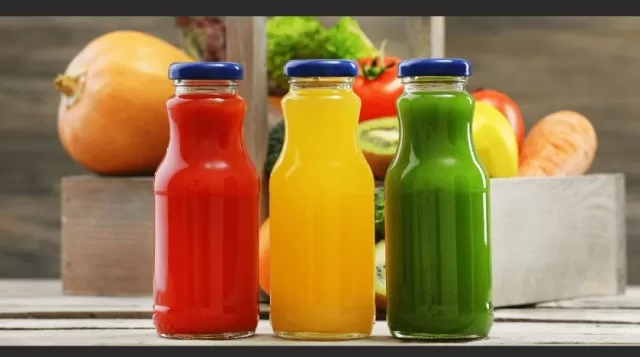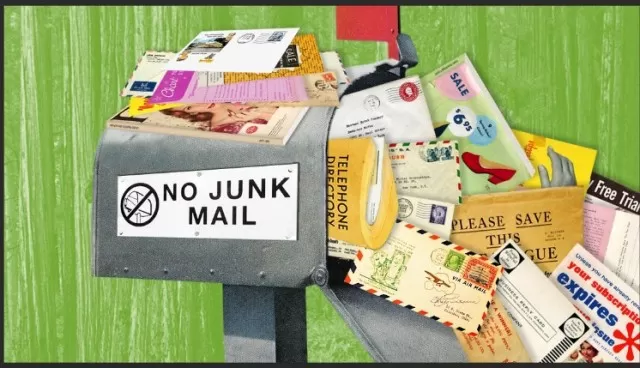Effortless Strategies for Reducing Waste (Part 2).Something foul is afoot in America, and it’s not a mystery—it’s our ever-increasing trash production! On average, every American generates a staggering 4 pounds of garbage daily. While this figure might not seem significant on its own, it accumulates to an astonishing 200 million tons of waste annually, enough to fill the entirety of Busch Stadium twice each day, according to the Environmental Protection Agency (EPA). The mounting heaps of trash present an undeniable dilemma: where can we possibly put it all?
As the United States exports its trash to both southern states and around the globe, it becomes painfully clear that we’re far from solving this problem. The most promising solution, in the long run, lies in the simple yet powerful concept of generating less waste. Not only will reducing our trash output lead to a cleaner environment, but it can also translate into substantial savings for the average American household, potentially amounting to thousands of dollars saved each year.
If you’re eager to play your part in curbing this waste crisis and simplifying your life in the process, read on to discover some of the easiest steps you can take to minimize your waste footprint.
Rediscover the Taste of Nostalgia: Milk in Glass Bottles

Once upon a time, fresh milk was a staple of American households, delivered right to their doorsteps in iconic glass bottles.
These bottles were designed to be returned, cleaned, and reused—a sustainable practice that is making a comeback today.
For those who yearn for the taste of the good old days and wish to reduce waste, the option to enjoy milk from glass bottles is still available at local grocery stores and markets.
These glass bottles often contain locally sourced milk, which can be even fresher and more flavorful than other alternatives. Plus, they may offer a variety of delightful flavors, from classic chocolate to fruity strawberry.
What sets glass bottles apart is not just the taste but also their eco-friendly nature.
When you’re done with a glass bottle, simply return it to the store to receive a cash deposit. These returned bottles are then sent back to the dairy, where they undergo sterilization and are prepared for reuse.
By choosing milk in glass bottles, you not only enjoy a taste of nostalgia but also contribute to a more sustainable and environmentally friendly approach to packaging and waste reduction.
It’s a small yet meaningful step towards embracing the best of both worlds—nostalgia and eco-conscious living.
A Waste-Reducing Resolution: Embrace Package-Free Shopping
Take a moment to glance at your garbage bin, and you might be startled by the amount of food packaging it contains—plastic wrappers, cardboard boxes, and more.
However, you’ll be pleasantly surprised at how easy it is to significantly reduce this waste. Transitioning to a package-free shopping approach can have a positive impact on both your wallet and the environment.
Consider these strategies to cut down on food packaging waste:.
Avoid Individually Packaged Items: While individually packaged fruits, vegetables, and single-serving snacks or cereals may be convenient, they often come with excessive packaging.
Opt for bulk or family-sized products instead, which not only reduce packaging waste but also often cost less per unit.
Say No to Processed Foods: Processed foods often come with multiple layers of packaging.
Make an effort to choose whole, unprocessed foods whenever possible. This not only minimizes waste but also contributes to a healthier diet.
Buy in Bulk: Shopping for nonperishable items in the largest available packages can significantly reduce packaging waste.
Look for bulk bins or larger containers of items like rice, pasta, and pantry staples.
By adopting a smarter and more eco-conscious approach to shopping, you can save money while simultaneously reducing your environmental footprint.
Package-free shopping aligns with sustainability and health, offering a win-win solution for both your wallet and the planet.
Declutter Your Mailbox: Put an End to Junk Mail

Junk mail, with its endless barrage of credit card offers, catalogs, and special deals, is a nuisance that very few people actually appreciate.
Fortunately, you have the ability to regain control over your mailbox and reduce the clutter in your recycling bin. Here’s how:.
Visit the Federal Trade Commission (FTC) Website: The FTC provides valuable resources and information on how to opt out of receiving unwanted junk mail.
Their website offers a range of tools and services to help you take control of your mailbox.
Opt Out of Unsolicited Offers: One of the most effective ways to reduce junk mail is to opt out of pre-screened credit card offers and other unsolicited mailings.
The FTC website provides a convenient platform to help you opt out of these offers.
Catalog Choice: Another helpful resource is Catalog Choice, a service that allows you to unsubscribe from specific catalogs and other forms of junk mail.
You can create an account and easily manage your preferences.
Direct Marketing Association (DMA) Choice: The DMA Choice program allows you to opt out of receiving unsolicited commercial mail from companies that are members of the DMA.
You can register your preferences on their website.
By taking these proactive steps, you can significantly reduce the volume of junk mail that clutters your mailbox and, in turn, minimize your environmental impact by reducing paper waste.
It’s a simple yet effective way to declutter your life and promote sustainability.
Ditch the Disposable: Embrace Reusable Straws for a Greener Tomorrow
The staggering statistic is hard to ignore: Americans use half a billion plastic straws every single day.
These seemingly innocuous pieces of plastic are a major contributor to environmental pollution. They are not recyclable, and when they’re not disposed of properly, they often end up littering city parks, streams, beaches, and oceans, posing a significant threat to wildlife.
Here’s a simple yet impactful change you can make to reduce your plastic footprint: skip the disposable straw and opt for a reusable alternative.
Reusable straws, such as those made from silicone or metal, offer a sustainable and eco-friendly solution.
Here’s why you should consider making the switch:.
Environmental Benefits: By using reusable straws, you can significantly reduce the amount of single-use plastic waste that ends up in landfills and ecosystems.
This small change can make a big difference.
Versatility: Reusable straws are versatile and can be used at home, in coffee shops, or while dining out.
Many come with convenient straw cleaners to make maintenance a breeze, and they are often dishwasher-safe.
Long-Term Savings: While there is an initial cost to purchasing reusable straws, they pay for themselves over time by eliminating the need to constantly buy disposable ones.
By embracing reusable straws, you can join the effort to combat plastic pollution and protect our environment.
It’s a simple yet effective step toward a greener and more sustainable future—one sip at a time.
Champion Your Local Library: A Sustainable Choice for Book Lovers

For avid readers, the conventional way of acquiring books often involves buying a novel and reading it once, leading to the accumulation of a substantial collection of books on their shelves.
While a well-stocked library can be a source of pride for bibliophiles, it’s essential to recognize that books, too, have an environmental impact, from the paper they’re printed on to the storage space they occupy.
Here’s why supporting your local library can be a sustainable choice for book lovers:.
Resource Conservation: Libraries offer a treasure trove of books that you can borrow and enjoy without the need to purchase and own each one.
This reduces the demand for new book production, conserving paper and other resources.
Cost-Effective: Checking out books from the library is a budget-friendly alternative to buying new books.
You can enjoy a wide range of titles Without Breaking the Bank.
Community Support: Public libraries are vital community institutions that provide access to knowledge, education, and cultural enrichment.
By using your local library, you contribute to the well-being of your community and help ensure its continued existence.
Reduce Waste: When books are donated to thrift stores and not purchased, they often end up discarded.
By borrowing books from the library, you play a part in reducing the waste associated with unwanted books.
Supporting your local library is a win-win scenario.
It allows you to indulge your love for reading while simultaneously reducing your environmental footprint and contributing to the vibrancy of your community. It’s a sustainable choice that benefits both you and the planet.
*The information is for reference only.